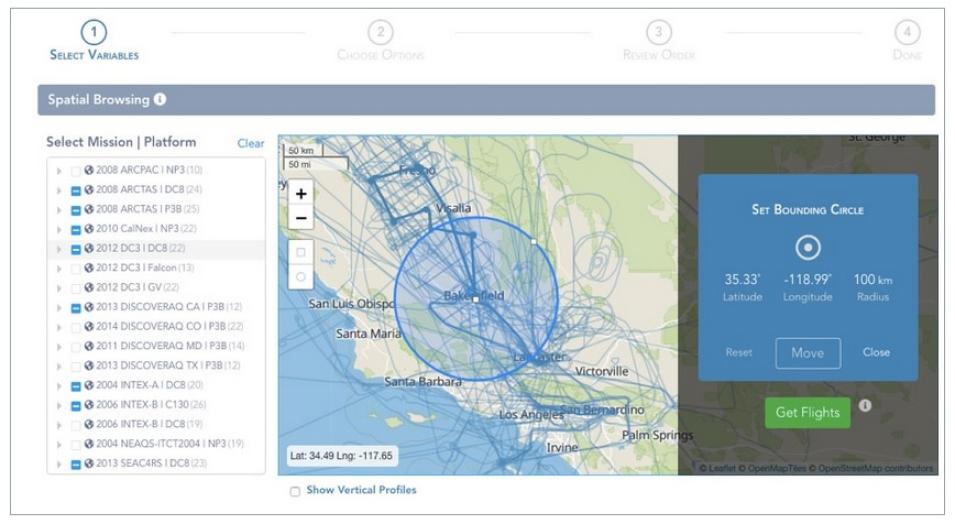New technologies are constantly being created within the user community that can improve access to and use of the more than 27.5 petabytes (PB) of Earth observing data in NASA’s Earth Observing System Data and Information System (EOSDIS) collection. Partnerships with the academic, developer, and user communities (not to mention participation in organizations such as the Committee on Earth Observation Satellites [CEOS] and the Earth Science Information Partners [ESIP] federation) enable the EOSDIS to evaluate innovative systems, applications, and programs to see how they might be applied to EOSDIS data. An important NASA initiative for facilitating these partnerships is the Advancing Collaborative Connections for Earth System Science (ACCESS) Program.
Established in 2005, ACCESS is a competitive program within NASA’s Earth Science Data Systems (ESDS) Program. The ESDS Program oversees the life-cycle of NASA’s Earth science data—from acquisition through processing and distribution. It accomplishes this through the EOSDIS, which provides end-to-end capabilities for managing these data.
The overall objective of ACCESS is to help develop and implement technologies for effectively managing, discovering, and utilizing NASA Earth observing data for scientific research and applications. Projects selected for ACCESS enhance NASA’s data system components by enabling the rapid deployment of data system services to help bridge specific gaps within the agency’s Earth science information systems. Since its inception, more than 70 projects have been part of the program; five projects are part of the current ACCESS 2017.
